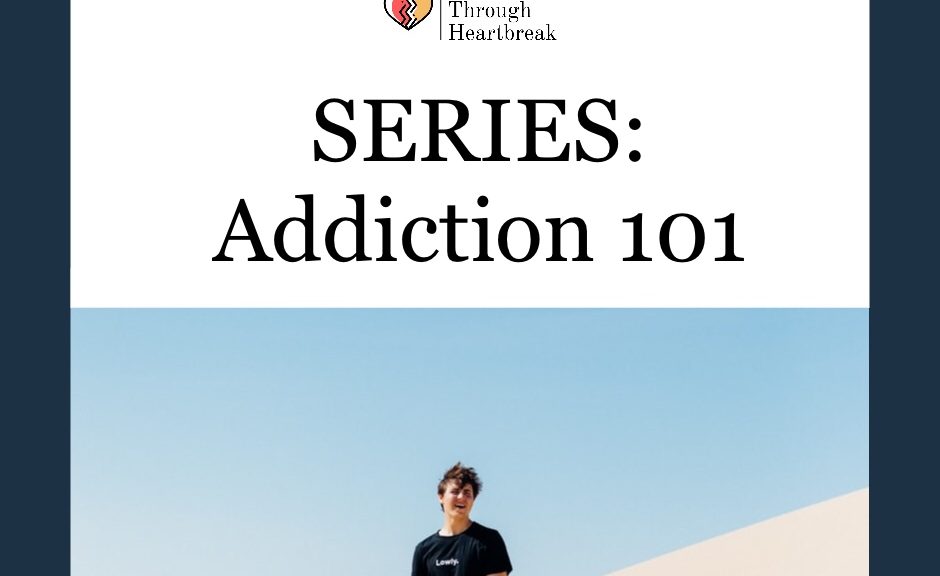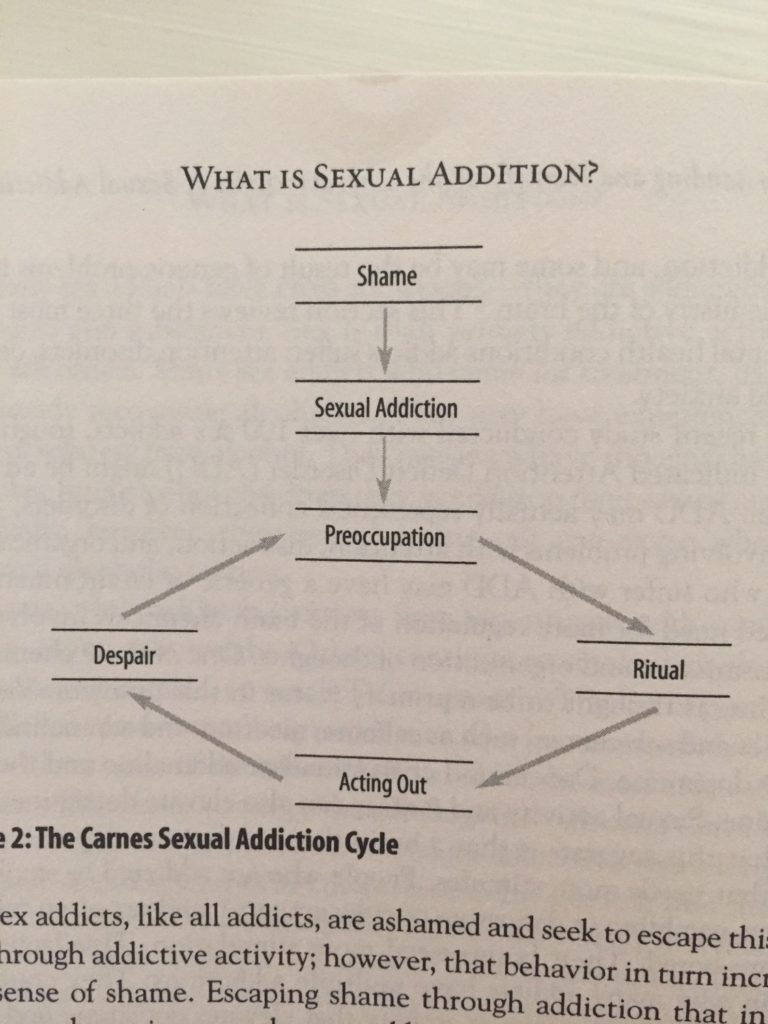
Addiction 101, Part 5: Who, Why, and When
The highest compliment a betrayed partner can give to a professional in the sexual addiction or marriage counseling field is “they’re safe.” We’ve been blessed to work with some very safe (and smart) care takers. One thing that made our marriage therapist safe for me was that he let me ask all the questions I wanted – and no question was off limits. I wonder if you have asked yourself this question: Are all men doing this? “This” means cheating and keeping sexual secrets from their wife. I was raised by a step-father who was very supportive! In my life, men were safer than women. I was a cheerleader of Christian men who were working hard and leading their families well. So news of my husband’s betrayal shook me to the core. To make matters worse, one of his common answers to my questions of “why” or “how” was, “This is just what guys do. All guys are like this.” That broke my heart even more. After Dday, I’d sit on the back row at church grieving and ruminating that nearly 70% of Christian men were viewing porn regularly (once/month). And yet I still couldn’t accept that “all men do this.” Sexually objectifying others obsessively is dark and dehumanizing. I couldn’t believe that many of the men in my life who seemed full-hearted, giving, and wise could be doing such things.
Two years into our recovery journey, I finally had the chance to get this settled by an expert – our therapist. His answer made a profound affect on me. In a very gentle tone, he said, “Do all men do you what your husband has been doing? No. All men have to deal with lust. But the difference in that and what addicts do is the lies. Addicts believe their own lies. It’s called confabulation.” A few times since then I’ve come across statistics for sexual addiction in our population. Experts believe around 10% of American men are sex addicts, that number might even be as high as 15%. Remember, there is a difference in having a habit and an addiction. In addiction, the brain changes in such significant ways that the addiction starts to take over every aspect of the addict’s life. (In no way am I saying that a secret sexual habit is OK. Healing will be different for those two situations.)
Chip Dodd, a Christian author who writes on addiction, says that around 25% of our population is addicted. Another researcher I respect says that number is over 30%. Addictions co-occur, meaning that likely sex addicts have other addictions too such as food, alcohol, or workaholism. It’s like wack-a-mole. They get one addiction under control and another pops up to take its place. Despite addiction being so prevalent in our culture, it’s very misunderstood. For example, the common belief is that people become addicted because they’re exposed to the drug or behavior. This isn’t true. Consider the fact that virtually all American adults have tried alcohol. Do you know how many are alcoholics? Less than 7%! As we’ve already touched on in this series, a healthy brain can be exposed to an addictive element and decide they don’t want to lose themselves to it. The facts are irrefutable – many people drink too much in college, begin to mature, and can put the binge drinking behind them. Those who can’t are the population we are looking at.
Maia Szalavitz does an excellent job answering the “who?” question in her book “Unbroken Brain.” People who have biological vulnerabilities to mental illness and/or elements such as trauma or neglect in their environment during childhood development look for things to help them stabilize and emotionally regulate so they can function. Early in this series, I said sex isn’t the problem. It’s a bad solution to a deeper problem. It’s a solution that can cause more harm than the original problem itself! Consider this scenario: a child comes into the world with genetic factors that make them extremely anxious. Then perhaps they have very emotionally immature parents who offer little-to-no support in how to grow up and do life. THEN, once addiction enters their life, emotional maturing stops altogether. They deal with negative emotion by escaping, tapping out, getting high, numbing. The addict grows up physically, but not emotionally. Just like a jenga-block tower with blocks missing near the bottom, eventually, once the tower is tall enough, all the blocks laid on that spotty foundation are going to topple over.
There are some great teachers in the field handling the “Why? and When?” questions. I’ll recommend Jay Stringer and Eddie Capparucci as good places to start looking into these questions for yourself.
One sex addiction therapist says there are two major factors that must be faced to heal: every addiction has a trigger (when) and a token (why). The trigger is usually a negative thought or emotion that starts the addiction cycle in their mind.

Patrick Carnes shows us in his diagram, that negative emotion is the spark that makes an addict then think of acting out via addiction. If the addict moves on to preoccupation, acting out is sure to happen. The addict is already “drunk” once he slips into preoccupation. The subconscious habits take over. Often addicts don’t even consciously remember getting out their computer, driving to the strip club, or contacting the affair partner. They start getting “a buzz” at this stage of the cycle. Sometimes the acting out is even a let down compared to thinking about acting out. Triggers must be consciously identified to ensure the addict doesn’t enter into the acting out cycle. I thought Magness did a very good job of addressing how moral people find themselves in the grip of addiction cycles in this podcast.
The token is the good feeling the addict is in search of. Szalavitz described cocaine as the warm hug that she had been yearning for her entire life. She said she couldn’t feel the love of her parents no matter what they did. Addicts are longing to feel things such as: normal, free, peaceful, competent, powerful, excited, alive, good.
Addicts must come to realize there are legitimate and healthy ways to get these needs met. In my experience, limited though it is, really answering what addicts need and want really exposes their heart and their story. This is terrifying work for addicts. Now that we’ve covered the bases about addiction itself, in the next few posts, we will take a deeper look into factors that set children up to struggle with addiction before we talk about healing marriages touched by it.